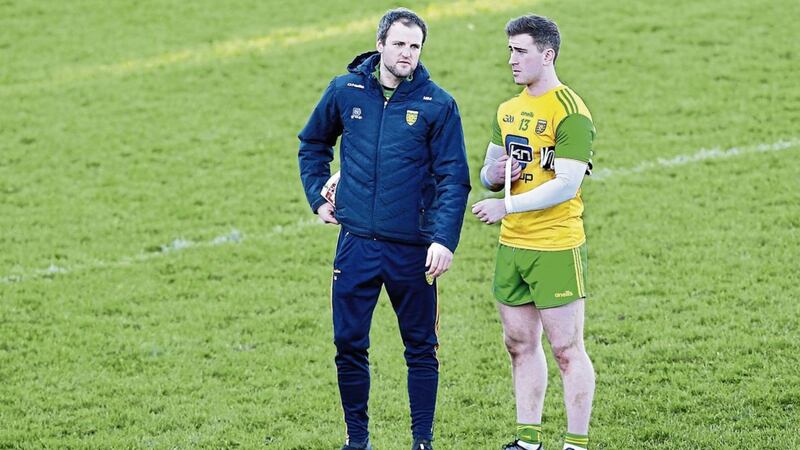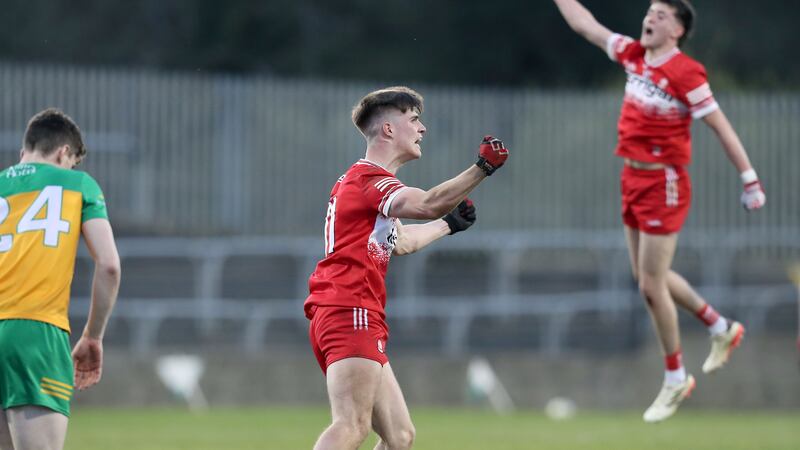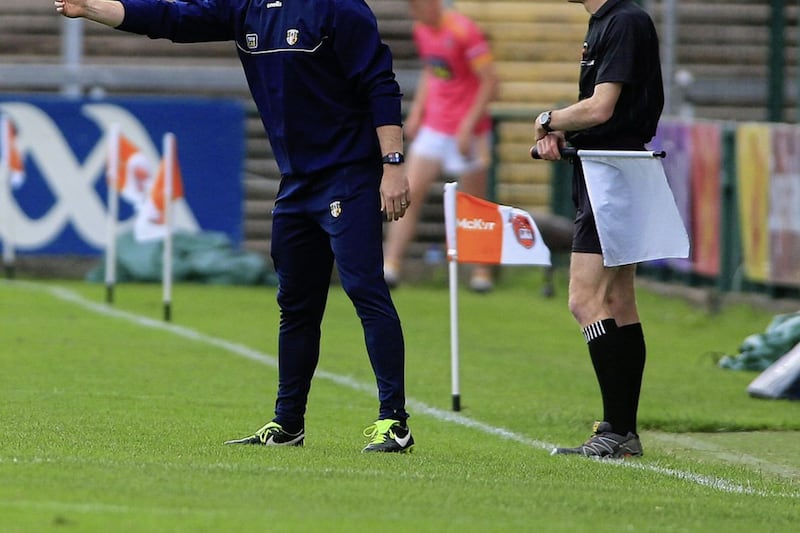PETER Canavan, Maurice Fitzgerald, Mickey Linden, Paraic Joyce... etcetera. The list of iconic forwards to have played the game is long.
Every decade had at least several stand-out forwards. For any of us that follow the games, these names always carry a special aura.
It’s a different aura than surrounds the great defender, playmakers or midfielders of the game. Top forwards always seemed to be the ones that had been sprinkled with the layer of fairy dust.
There was something magical about how they played and what they could do. How they could beat the opposition at times as much through fear of them as anything on the field.
These were the players that, for the rest of us, no matter how much we would train or practice, we would never be able to do what they could do.
If something like the ‘X-factor’ exists in sport, or in Gaelic games, then these men had it.
I never allowed myself to become upset with the zonal/blanket defensive tactics that have been in vogue since about 2011.
I could always see a certain fascination with them and respect the effort, intelligence and discipline needed to pull this tactical approach off.
It was, of course, a popular debate between Gaels as to whether such a change was killing the game or a sign of its development.
Any Gael, however, would have regretted a significant side-effect of these tactics – the extinguishing of the star forward.
Those esteemed names listed at the start and the many more like them all would have struggled in a game where practically 29 players were commonly found in the one half of the pitch.
The biggest victim has probably been Michael Murphy of Donegal. He is a player with the necessary stardust yet has been forced to play out around the middle to try to have him make anywhere close to the impact his level of talent can make.
Many onlookers, including myself, have wanted to see him placed at full-forward, but bar a sprinkling of special moments which give us a glimpse of the havoc he could wreak, he so often falls victim to the sheer volume of traffic in front of him.
Watching top forwards over the past few years has been more like watching escape artists than watching top forwards as such.
They would struggle and twist and writhe for much of the game until those fleeting moments when they managed to find both the ball and a square metre of space. From there, they unleash their shots. On a positive note, the impact of the defences has meant that the quality of scores, in terms of technical quality, is higher than it has ever been.
The loss of the ball into space in front of a top forward to see what they can do is a definite drawback.
The buzz of excitement present when suddenly there is a
man-against-man race out to the ball with room for the forward to try to lose his marker and create the score is one of the great highlights of the game.
Not only has it made star forwards for us to admire, but it has also created the star defenders as well. Those men who came out on top of those individual battles and cleared their lines.
The roar of the crowd from these precious victories rang often for the likes of Darren Fay, Seamus Moynihan, Conor Gormley, Francie Bellew, Kieran McKeever and Tony Scullion.
More often today it is a collective effort that will strip players of possession. Of course, from the managers’ perspective, if it is effective it will carry its own merit.
For us supporters though, and for the game in general, those one-on-one duels are much more memorable and display the skills of our game to a much more admirable and beautiful degree.
One of the most common themes in the early rounds has been the apparent signs of the game evolving.
Taking the lead from the fantastic football played by Kerry, Mayo and Dublin in the latter stages of last year’s Championship, we appear to be heading towards a more 60:40 split between defence and attack rather than the 80:20 or 90:10 split we have seen from most teams over the past several years.
There is a distinct whiff of confirmation bias regarding this. Confirmation bias, of course, is when you believe or want to believe something enough, then when you look for evidence of this you will generally find it.
It means that you can ignore the fact that Galway, newly promoted and playing the most defensive football in Division One, are sitting with three wins from three despite being expected to struggle. That would suggest that the baby isn’t being chucked out with the bathwater just yet.
Other omens are maybe more positive.
The performances of Patrick McBrearty alone have reminded us all of what it’s like to see a top forward at work.
For too often in previous seasons, a forward who puts in a top class show one day will simply be suffocated the next as the opposition go to work on him. There are many really talented emerging forwards in the game right now – Sean O’Shea and David Clifford in Kerry, Damian Comer and Shane Walsh in Galway, Colm Basquel for Dublin, Lee Brennan in Tyrone to name but a few.
How great it would be if the game allows these players to go toe-to-toe against defenders or even just the one sweeper.
To see these modern players, with the skill and conditioning levels they have, get to play ball properly would be a joy to watch and possibly create some of the greatest performances our games will have seen.
The bottom line is that it is icons rather than tactics that ignite the joy in our sport.







